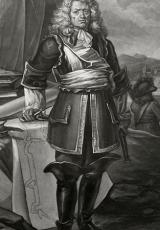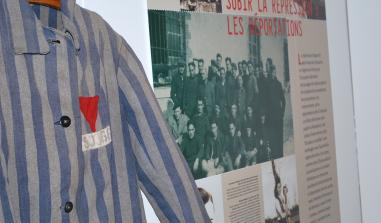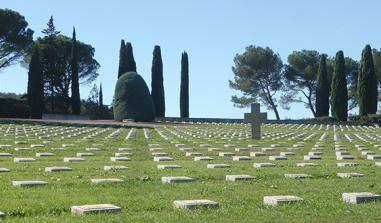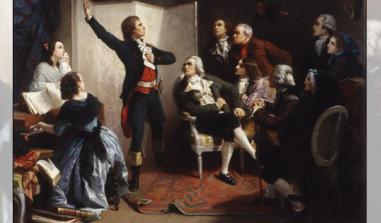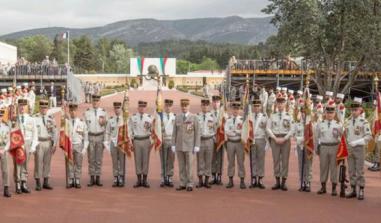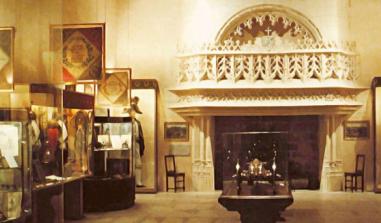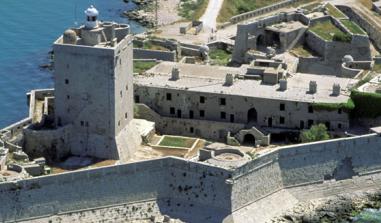Fort St Nicolas
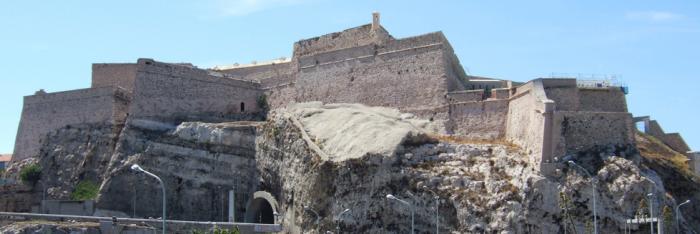
Le Fort Saint-Nicolas, l'un des deux anciens forts à l'entrée de la rade de Marseille. Source : License Creative Commons - Libre de droit
Situated on the southern bank of the entrance to the Old Port of Marseille, this fort is in the form of a system with a double compound, moats and bastions.
Situated on the southern bank of the entrance to the Old Port of Marseille, this fort is in the form of a system with a double compound, moats and bastions.
In 1660, Marseille was placed under royal power following an attack by an army of 7,000 men commanded by the Duke of Mercoeur. Louis 14th decided to build Fort St-Nicolas both to protect the harbour at Marseille and to control a town that had been hostile to him for a long time. Work was carried out following the "star-shaped" plans of the Marshall of Camps and General Commissioner of Fortifications, Louis Nicolas de Clerville, and was completed in 1664. Vauban only altered the work of his predecessor slightly: he had some low batteries and the false bray added, which we can still see today around the lower fort. Throughout the 17th Century, the citadel housed a garrison. On the 18th May 1790, it was partially destroyed by a crowd of revolutionaries who attacked the part of the compound that faced the town. In an act dated the 28th May the National Assembly, anxious to preserve a fortification that would be useful for defending the country, ordered an end to its demolition.
On the 4th January 1794, Bonaparte, then Inspector of the Mediterranean coast, wrote to the minister for war: "Fort St-Nicolas is not capable of defending. The three structures that enclosed the town on the fort side have been demolished, making it accessible from all sides. However, it is essential to restore it so that it can at least defend against any ill wishers. In order to do this we need to rebuild one of the three keeps. I am going to install canons along the fort in order to control the town". This letter earned the would-be emperor a summons from the Assembly, as the people's representatives appealed against the danger of a "Marseille Bastille". The citadel was not restored until 1834, using dull grey stones, which stand out against the pinkish tones of those used originally. On the order of Napoleon the Third, work on the roads split the citadel into two distinct forts and opened up the boulevard to traffic: christened Boulevard de l'Empereur in 1864, it became Boulevard Victor Hugo in 1870, Boulevard du Pharo in 1871 and then Boulevard Charles Livon in 1922. In 1887, the military authorities renamed the upper Fort St-Nicolas, which became Fort Entrecasteaux, from the name of a French navigator. The lower Fort St-Nicolas took the name Fort Ganteaume, in tribute to a former Vice Admiral and maritime prefect of Toulon. On the 14th January 1969, the whole fort was classified as a historic monument.
In 1696, five protestants accused of spying on behalf of William of Orange were imprisoned at Fort St-Nicolas. In 1823, following the Spanish expedition, the fort took in 569 prisoners. Afterwards, the citadel served as a place to hold soldiers given short sentences by military tribunals. In 1939, it was host to two famous people: Jean Giono, who wrote in his novel "Noé" about the cell where he was held in solitary confinement for twenty days without light and Habib Bourguiba, who would become president of the Tunisian Republic.
Fort Saint-Nicolas Impasse Clerville 13007 Marseille Access It is possible to access one of the fort's terraces by car, which provides a superb view over the Old Port. The only guided tours available are organised by the Tourist Information Office. Links Marseille Tourist Information Office Tel. + 33 (0) 4.91.13.89.00 Fax + 33 (0) 4.91.13.89.20 e-mail: info@marseille-tourisme.com
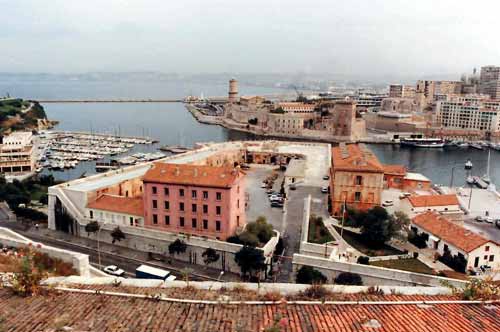
Fort St-Nicolas. Source: DMPA
Practical information
Impasse Clerville 13007
Marseille
04 91 13 89 00
Visite organisée par l'office de tourisme



